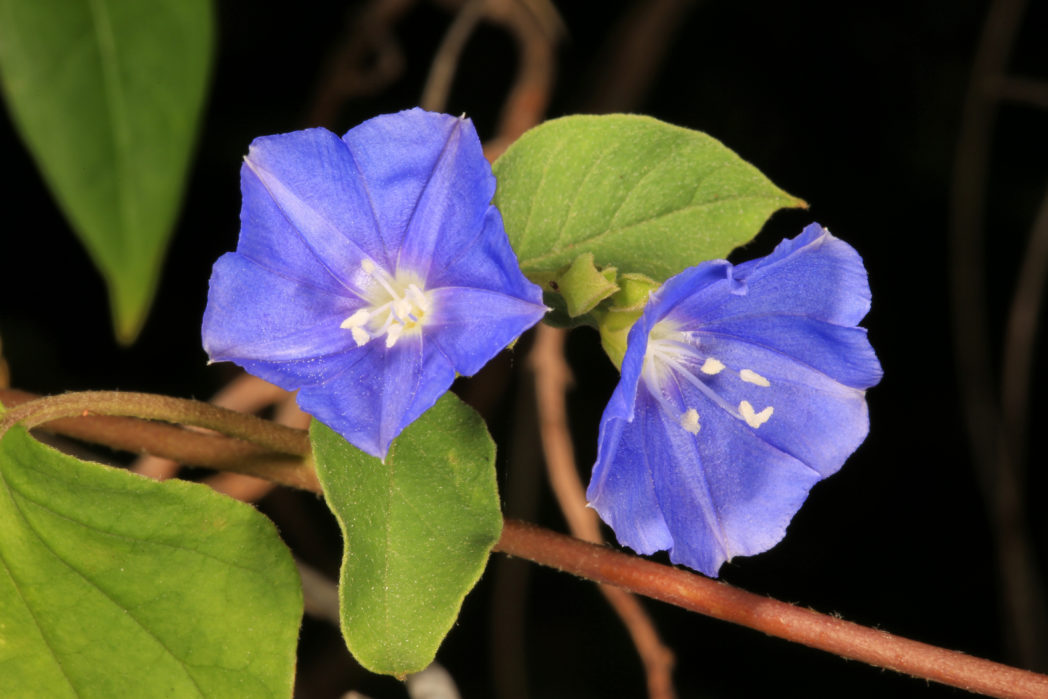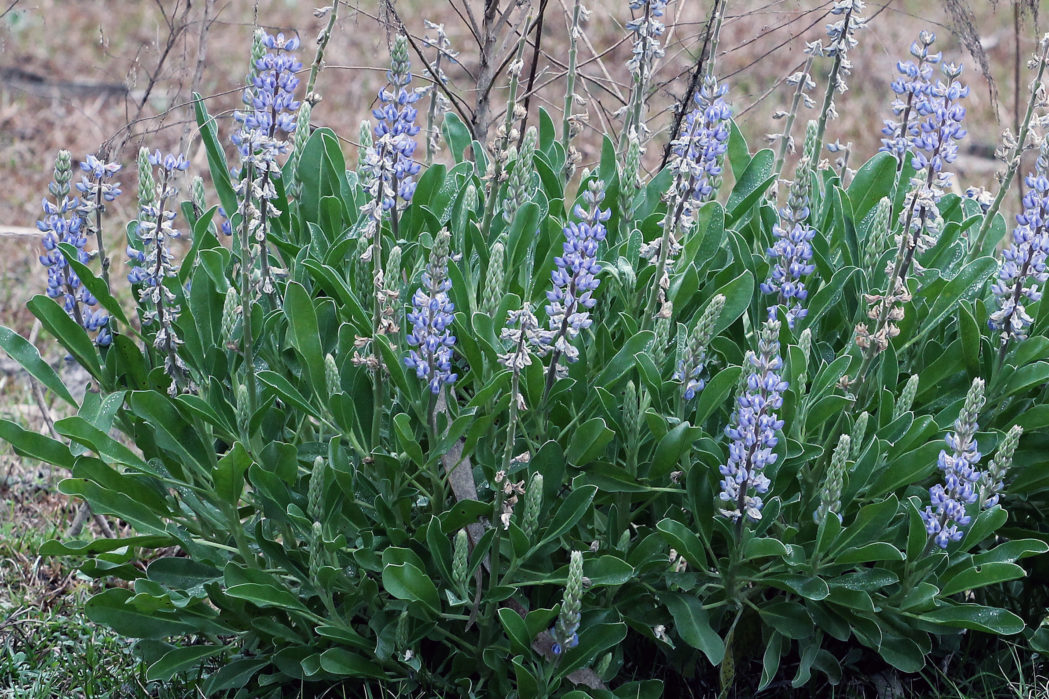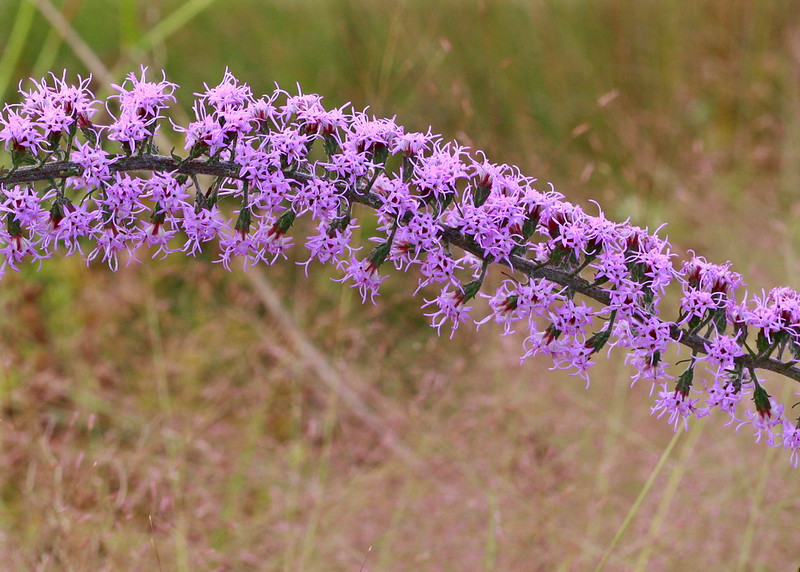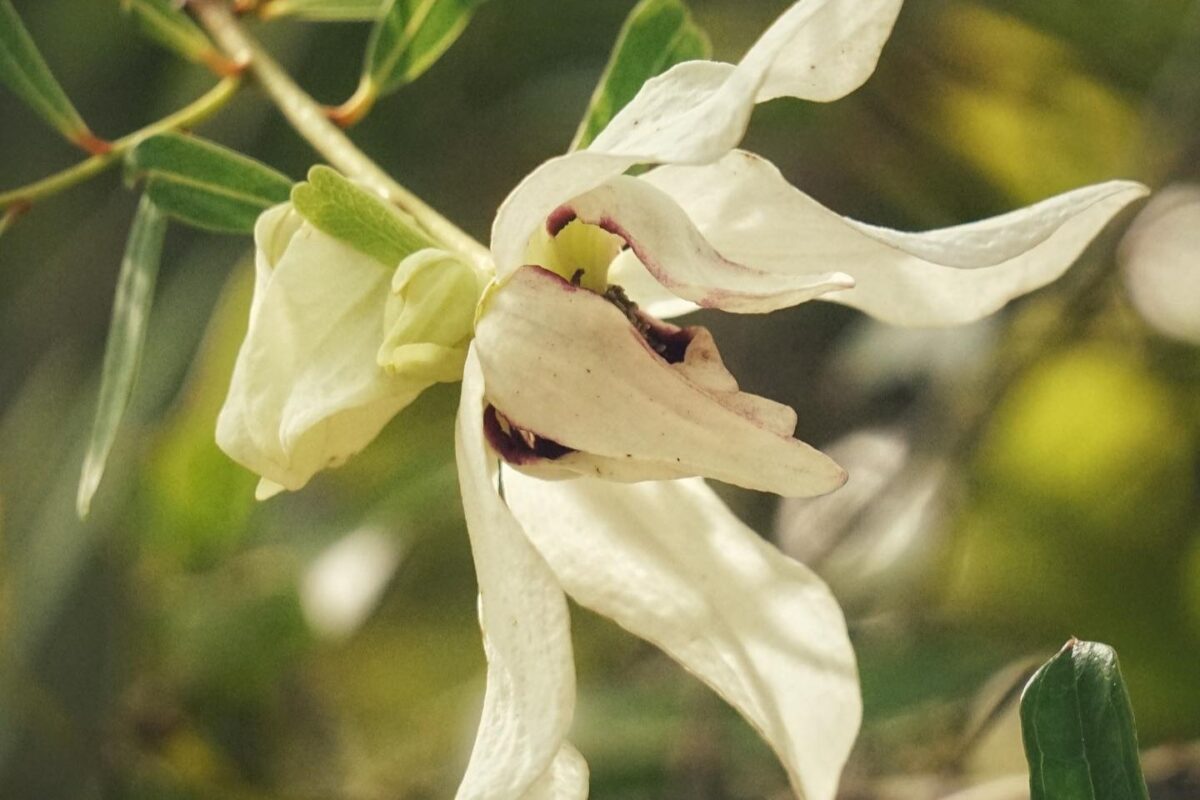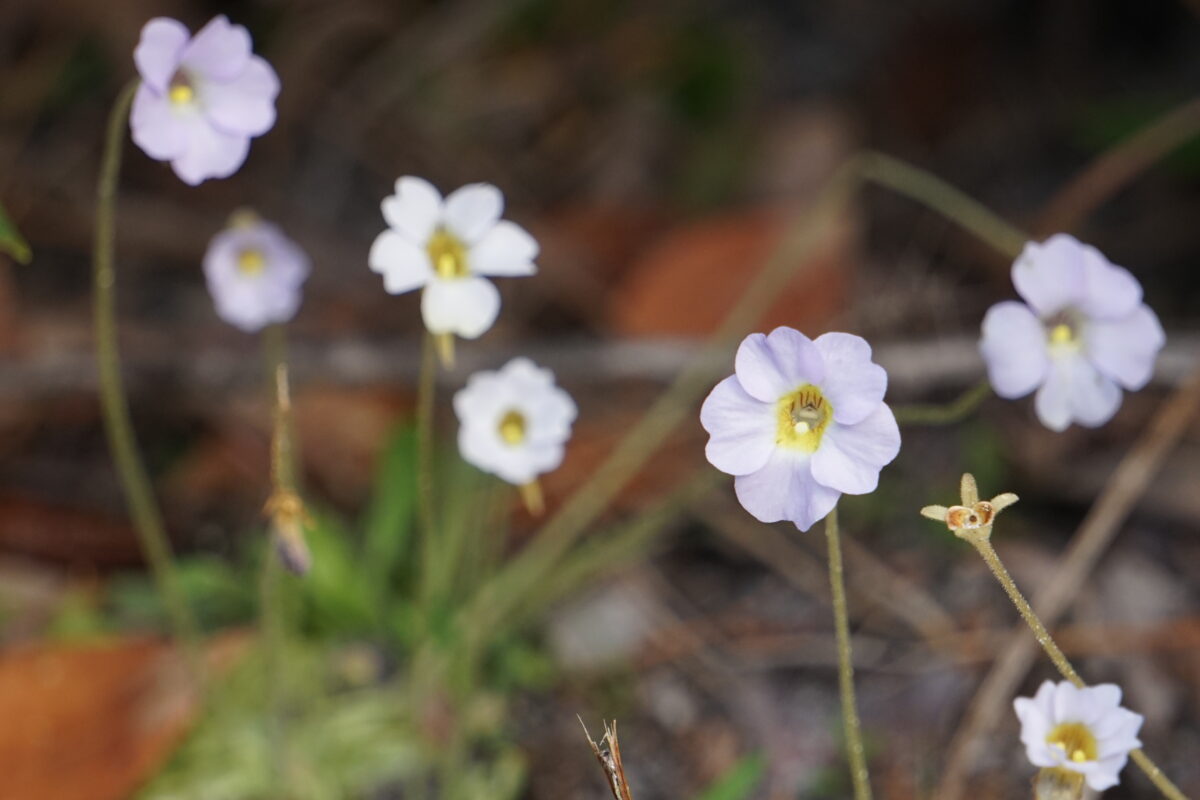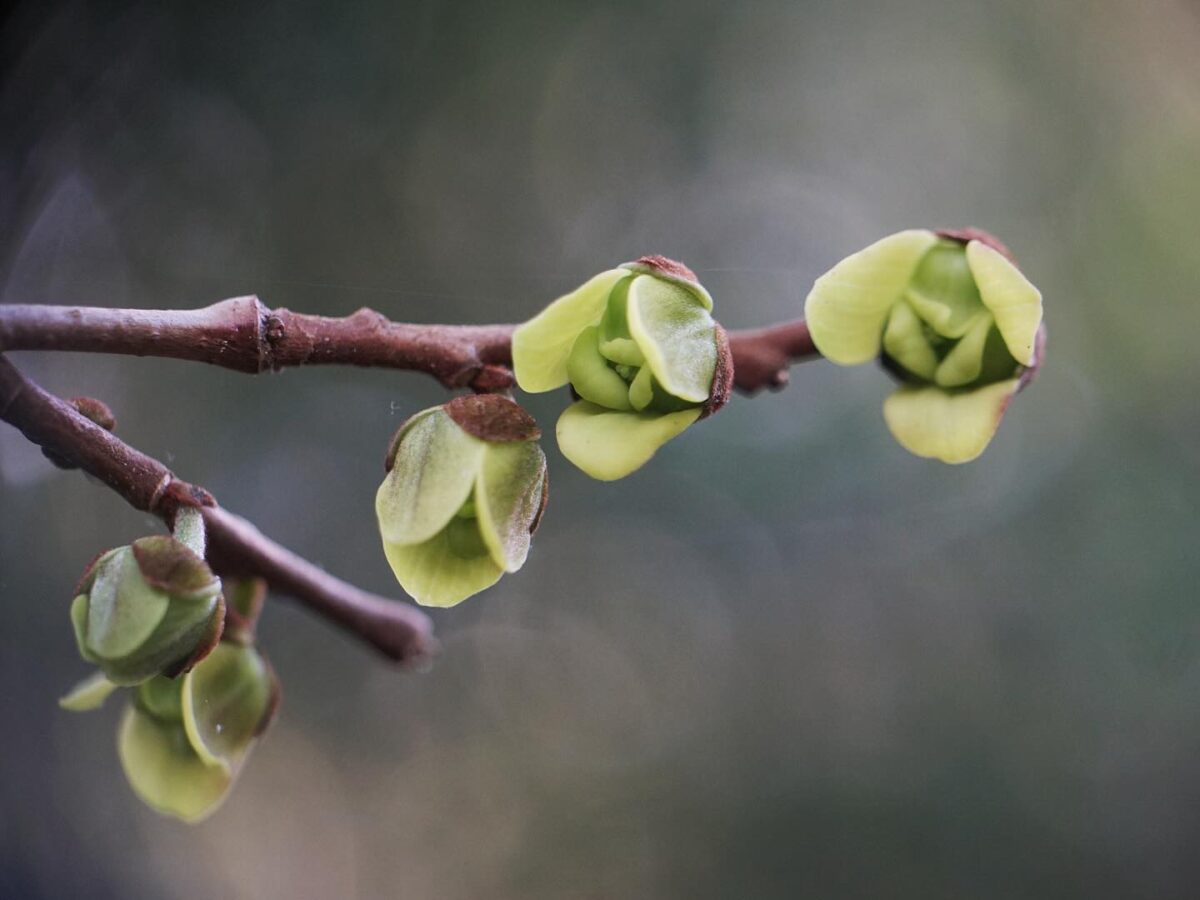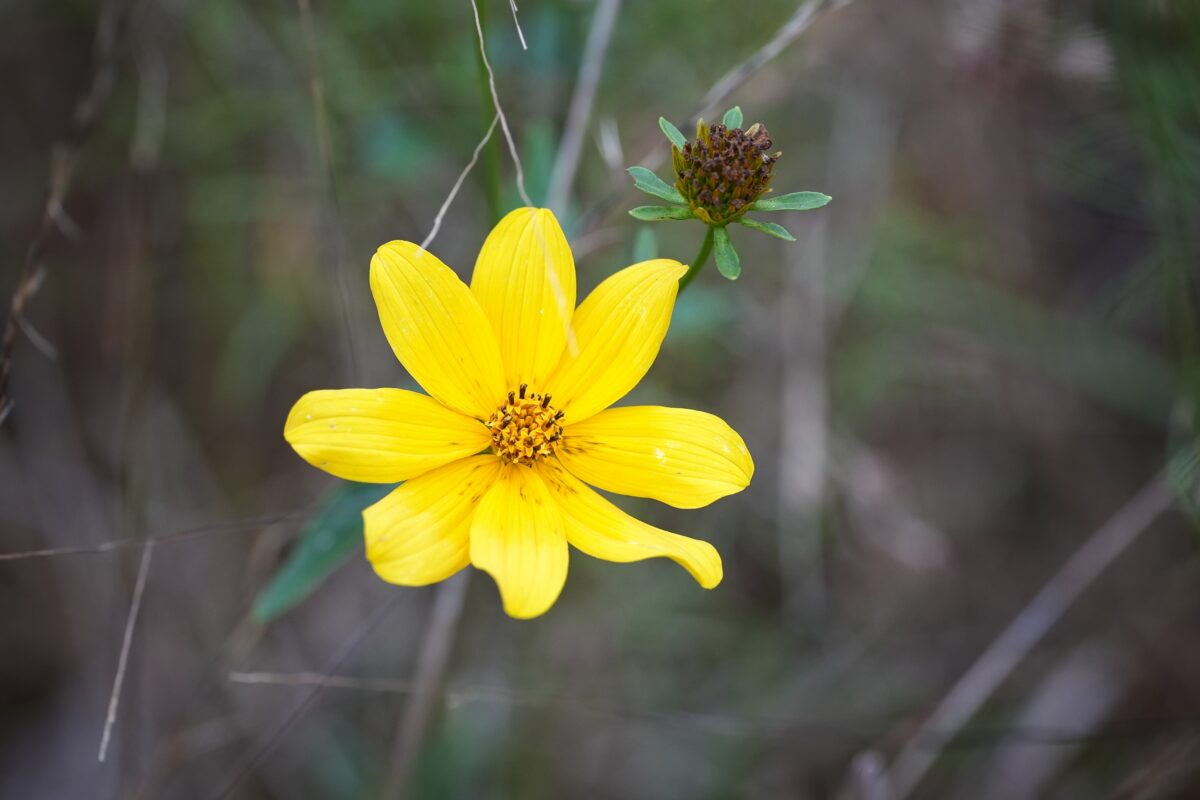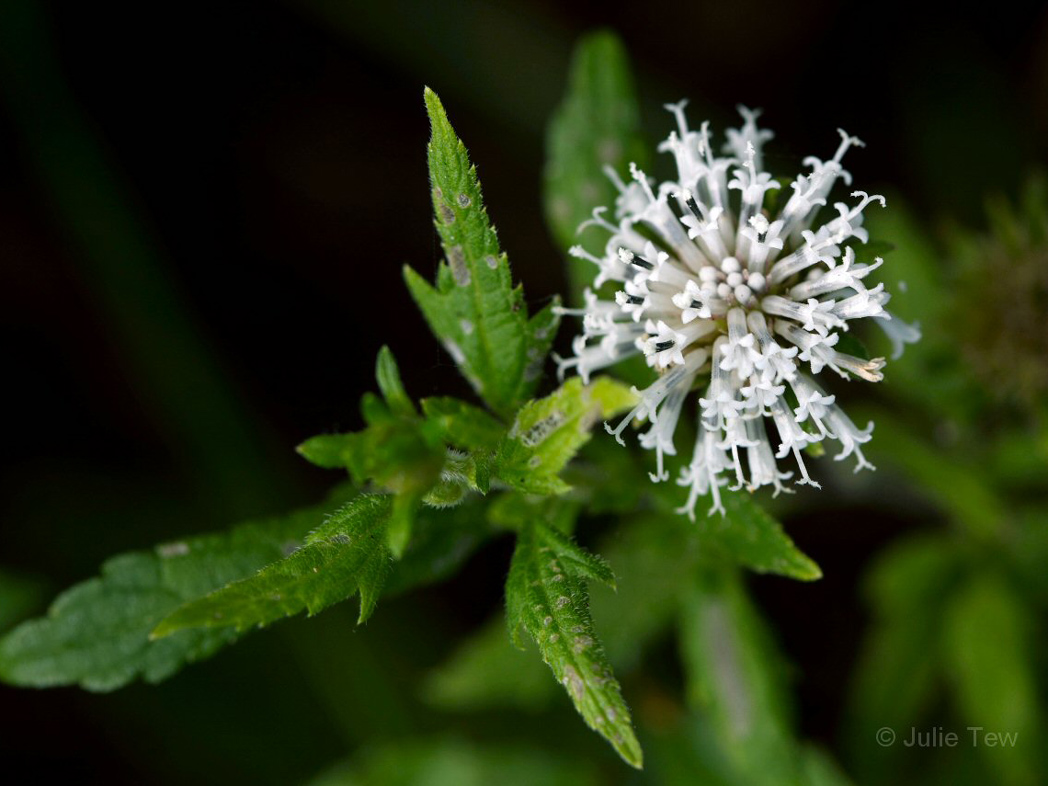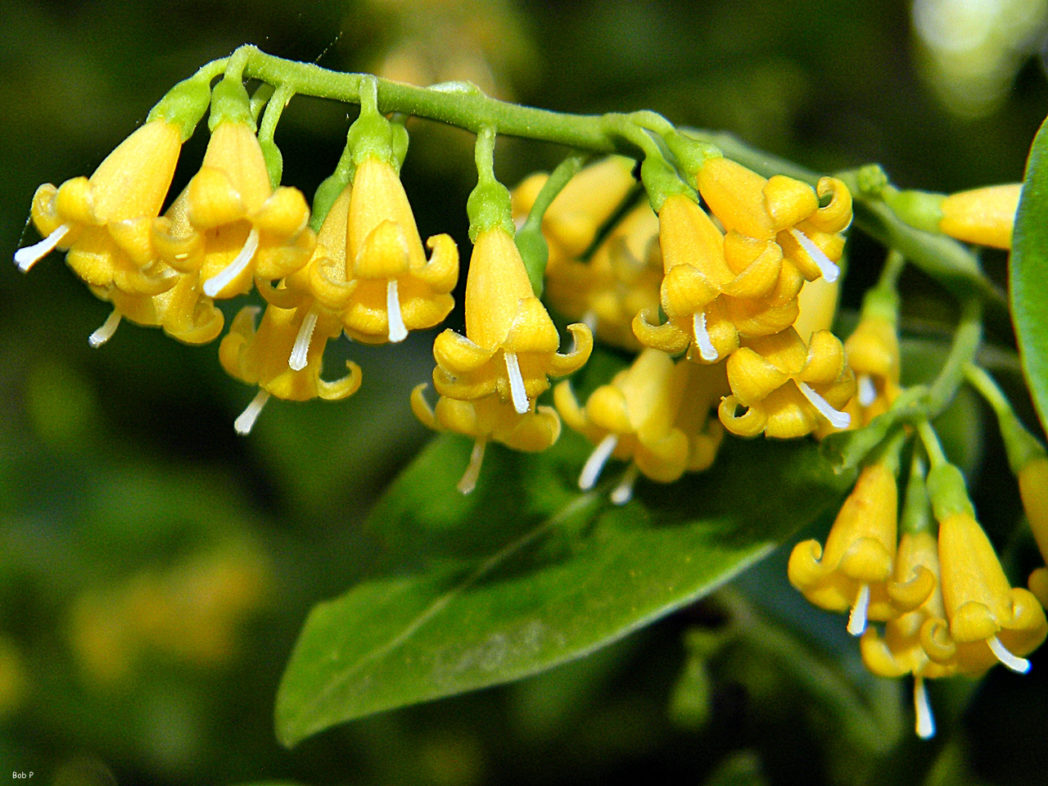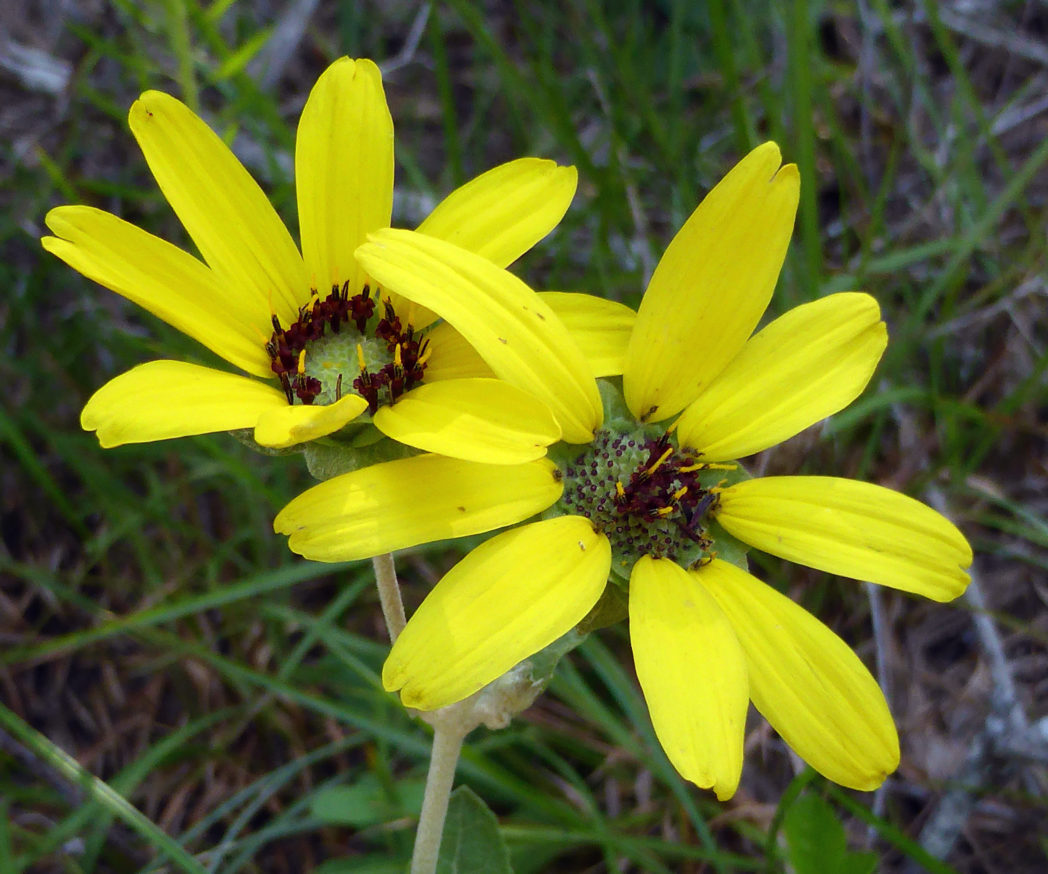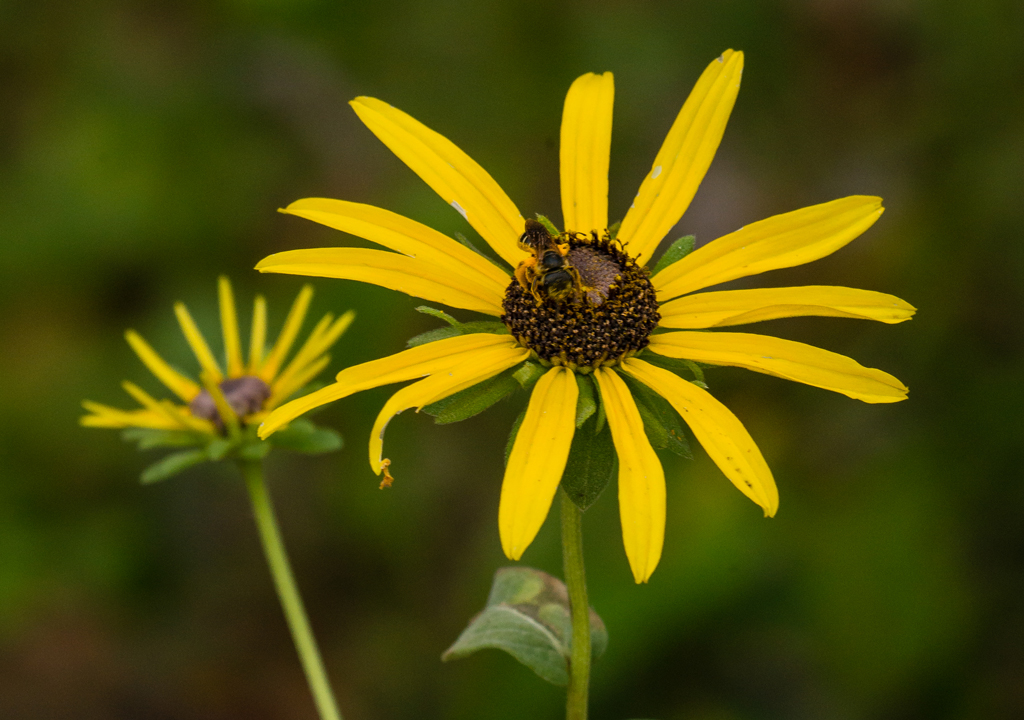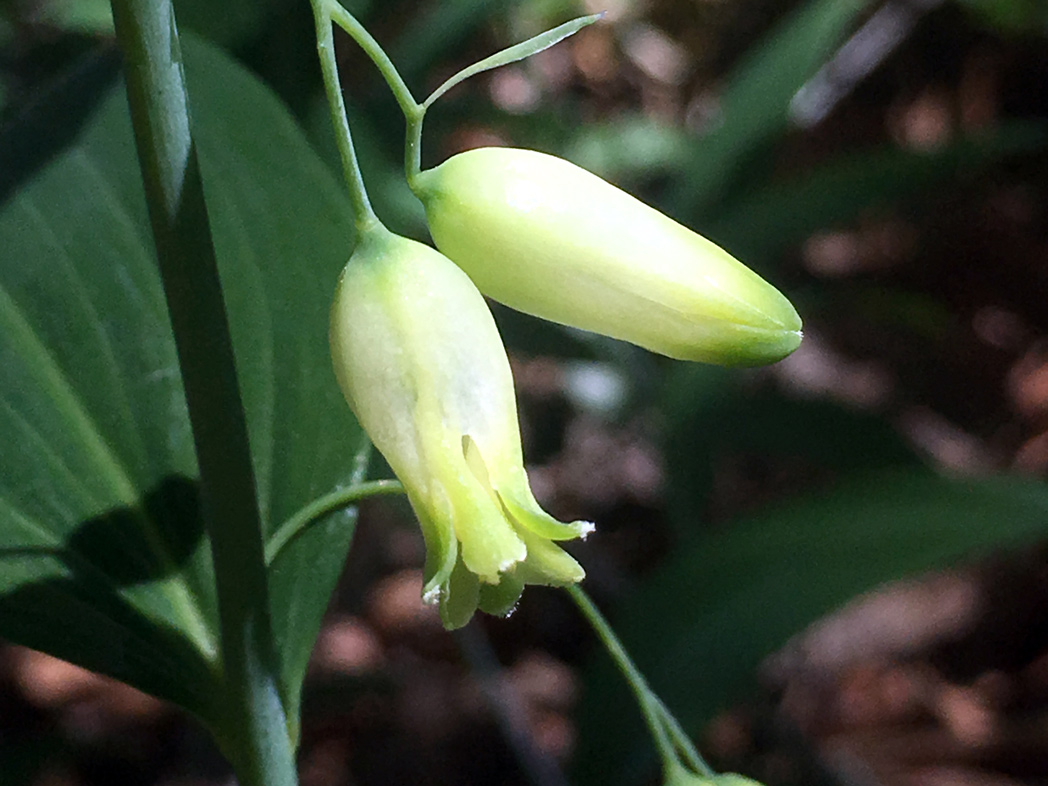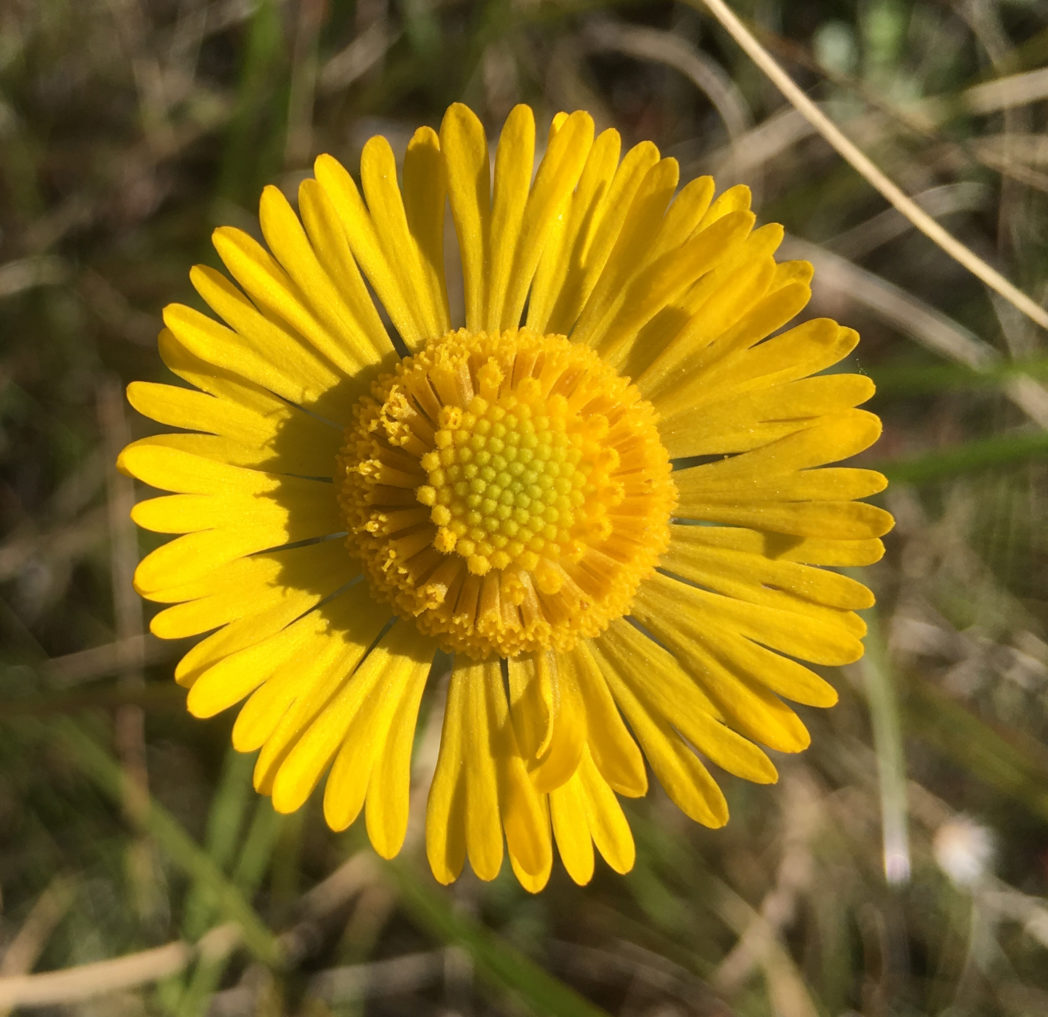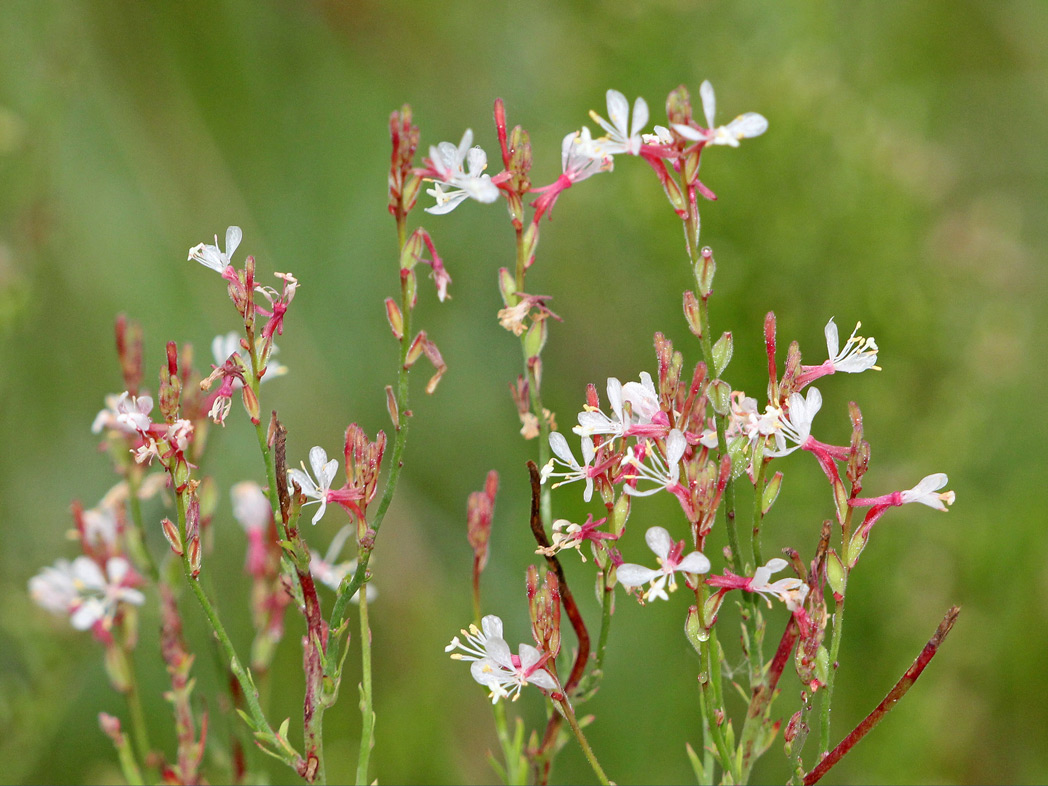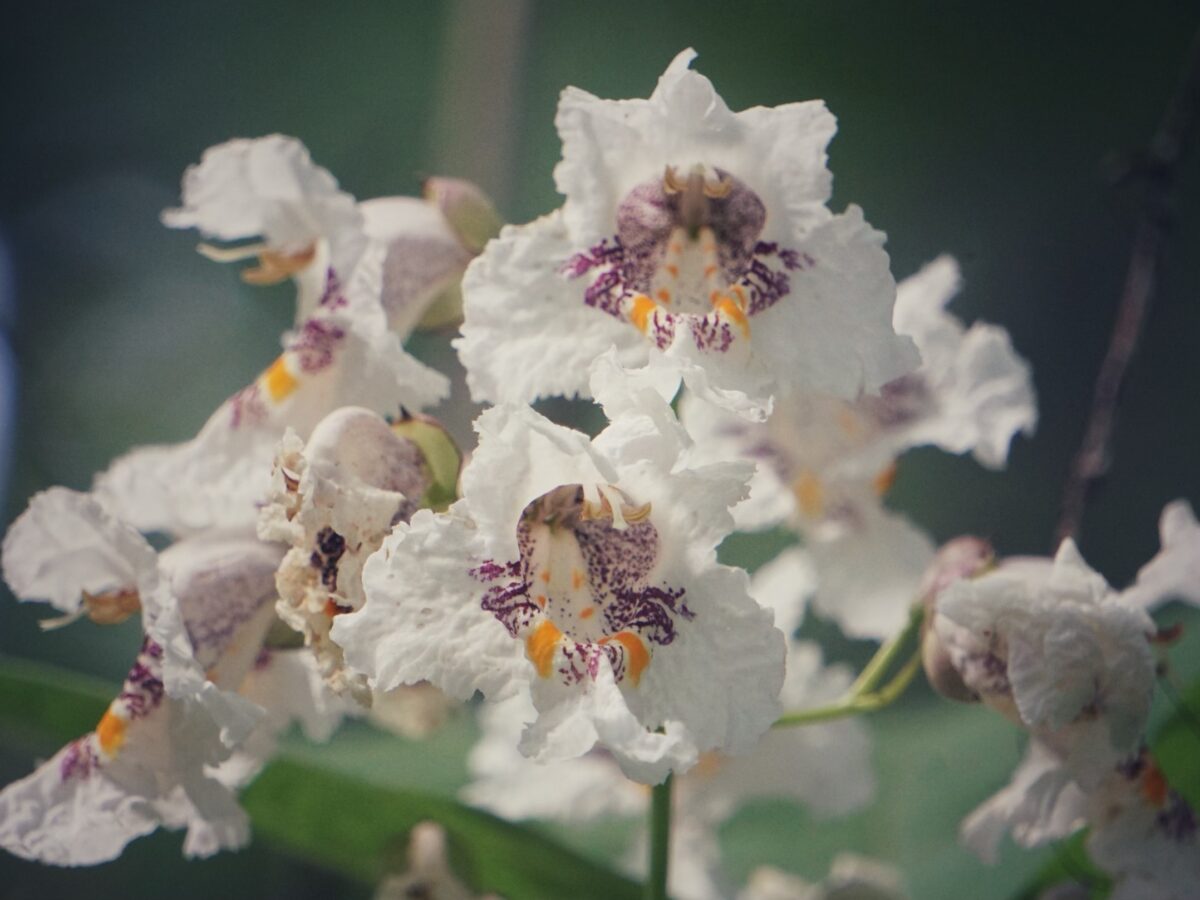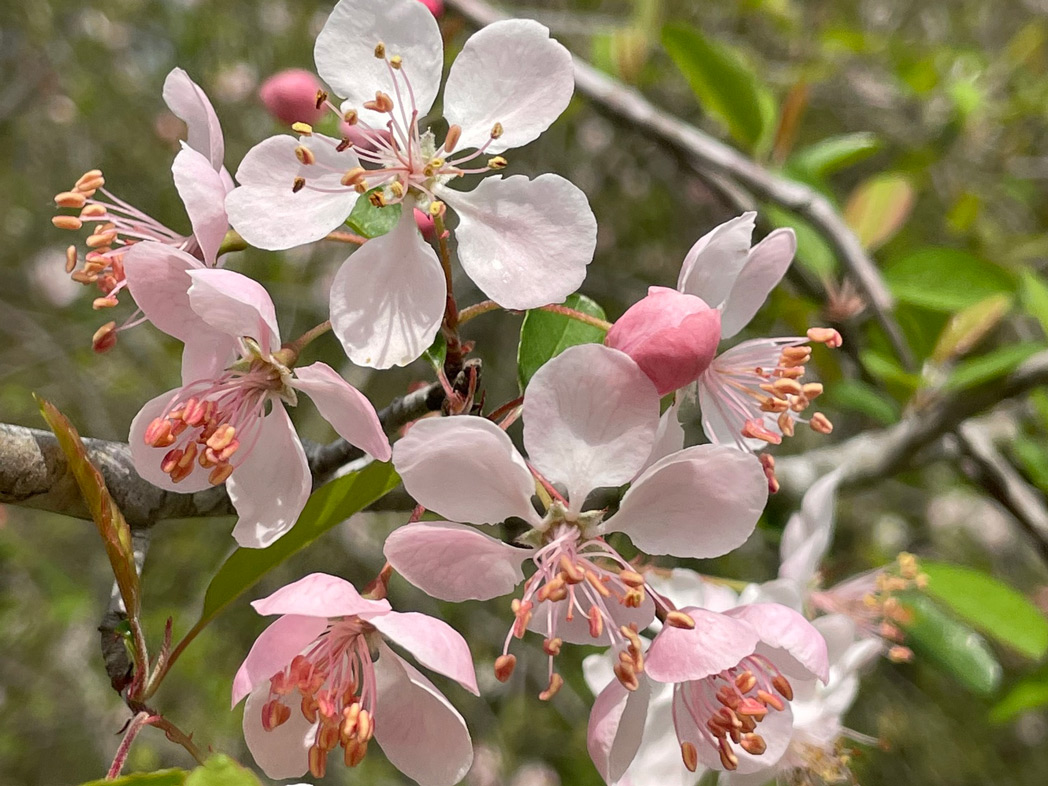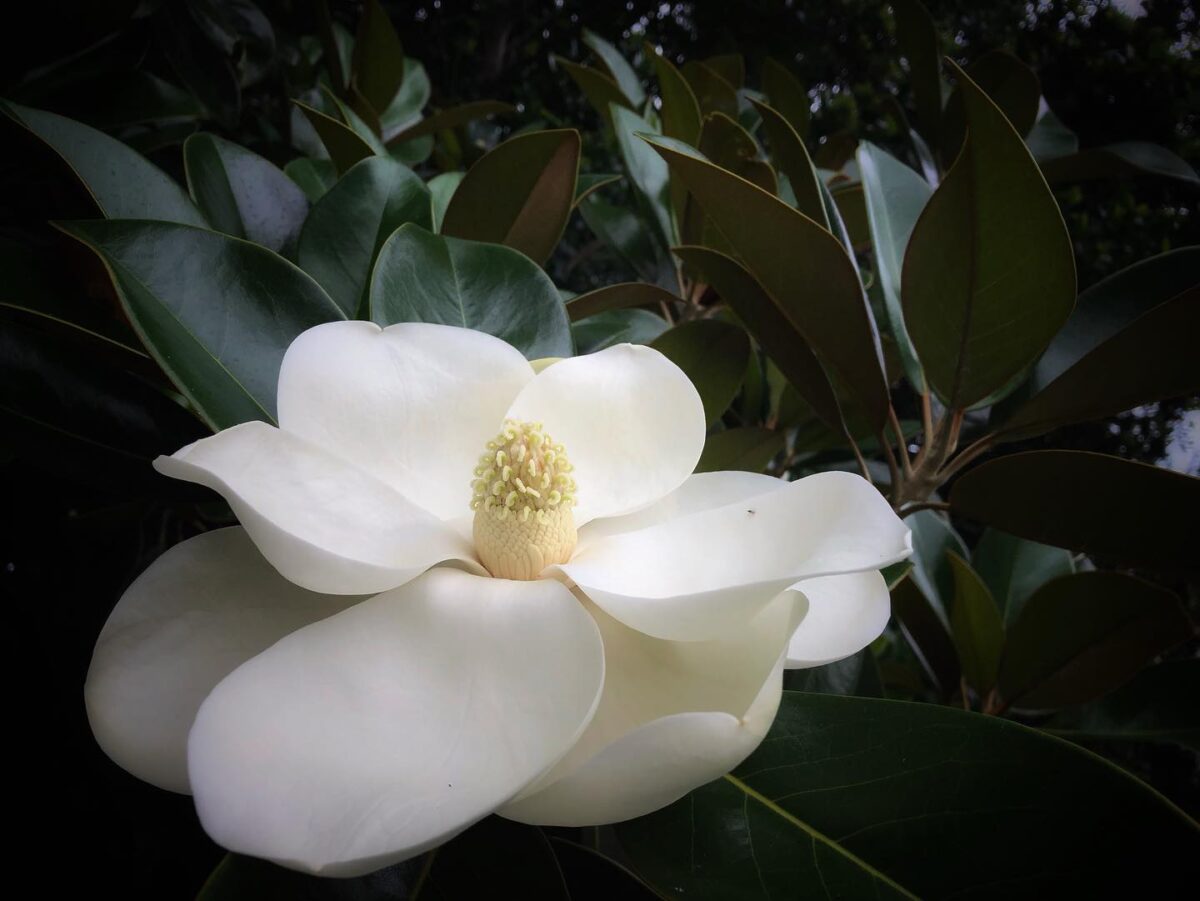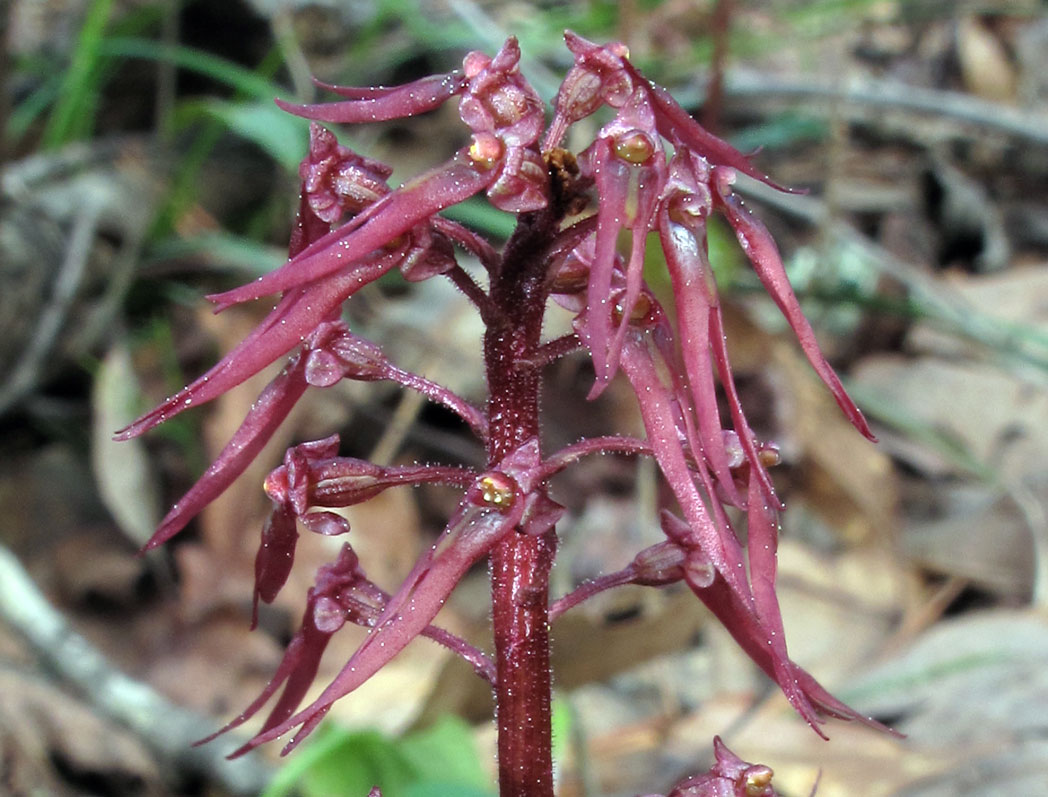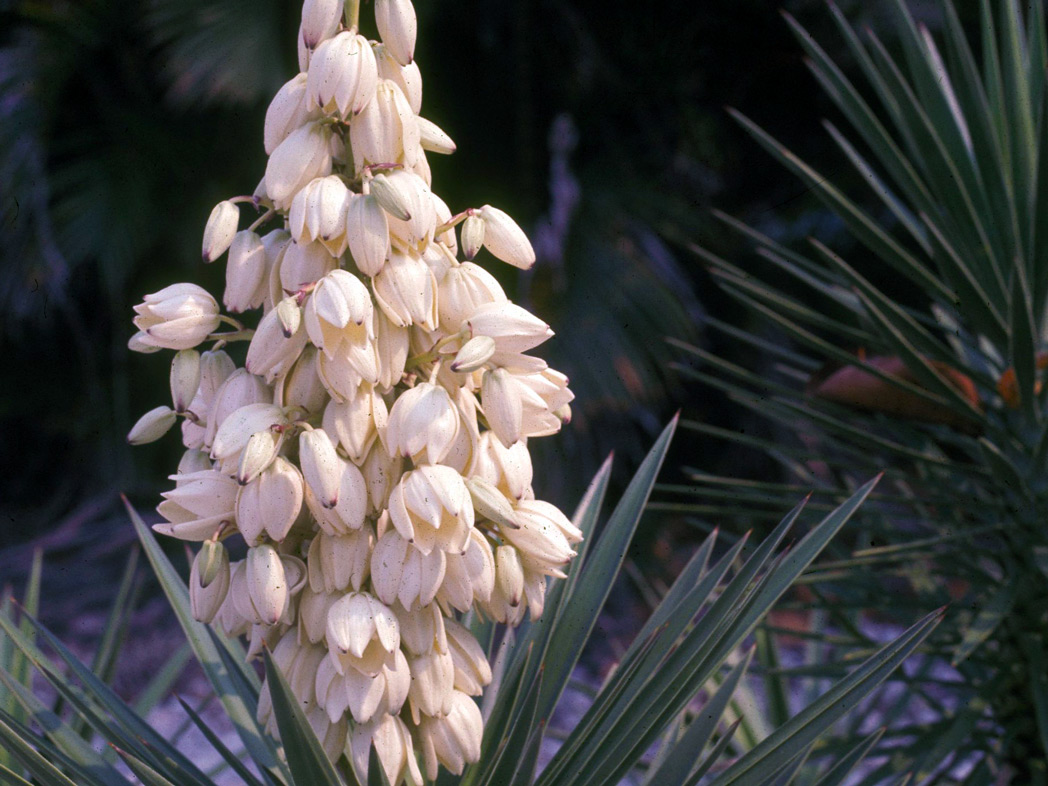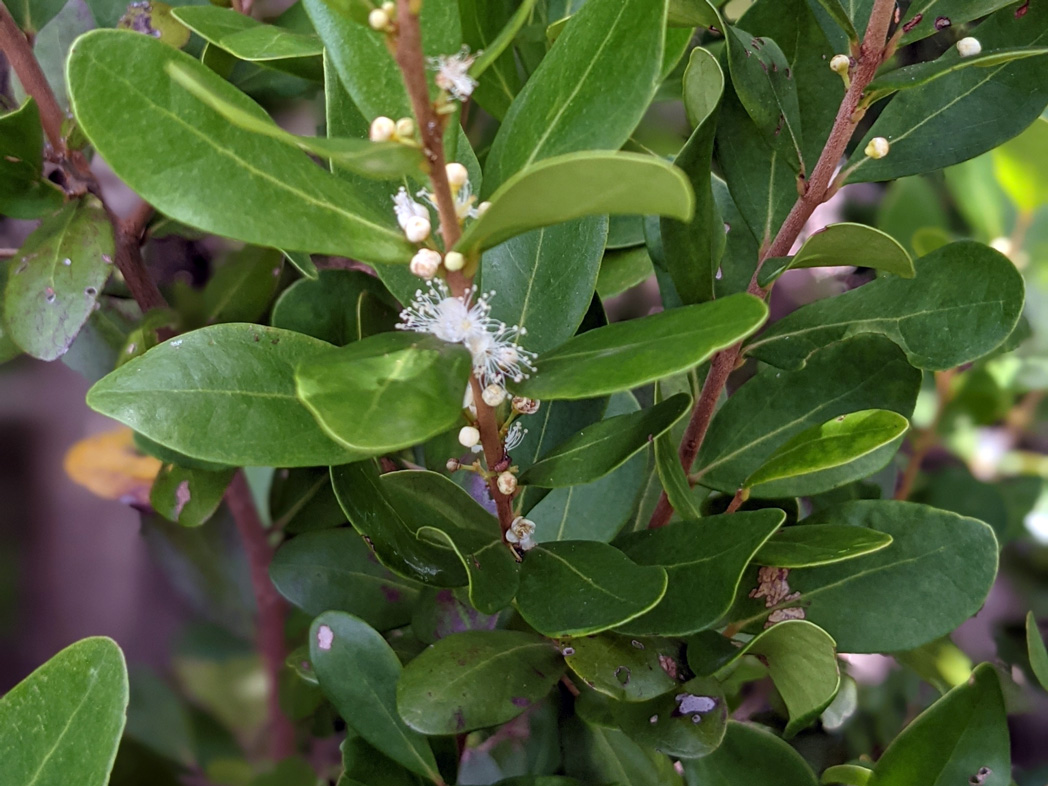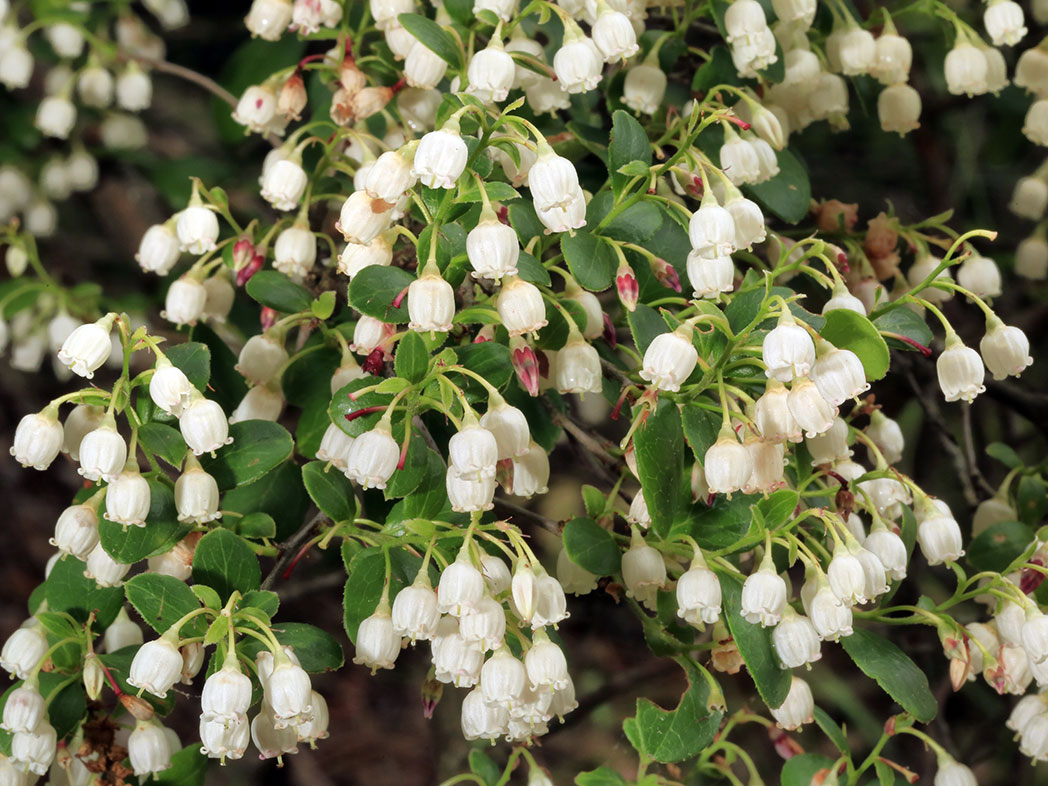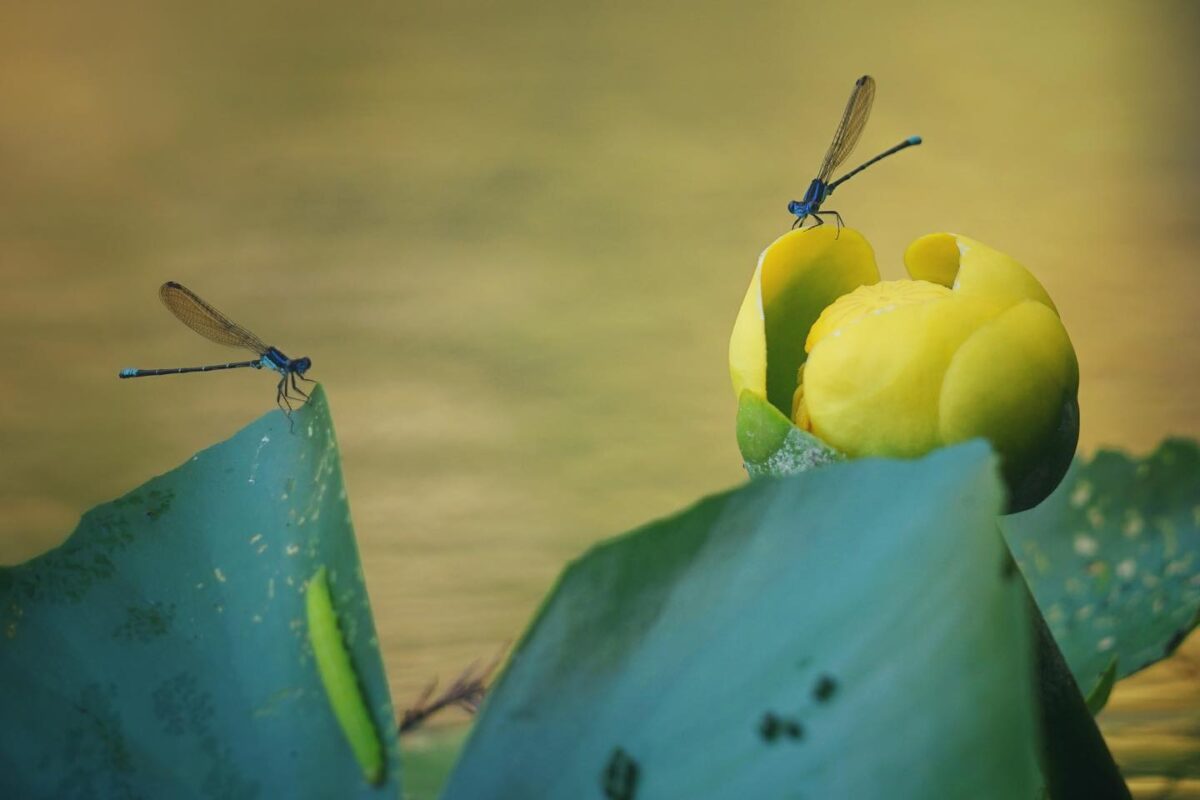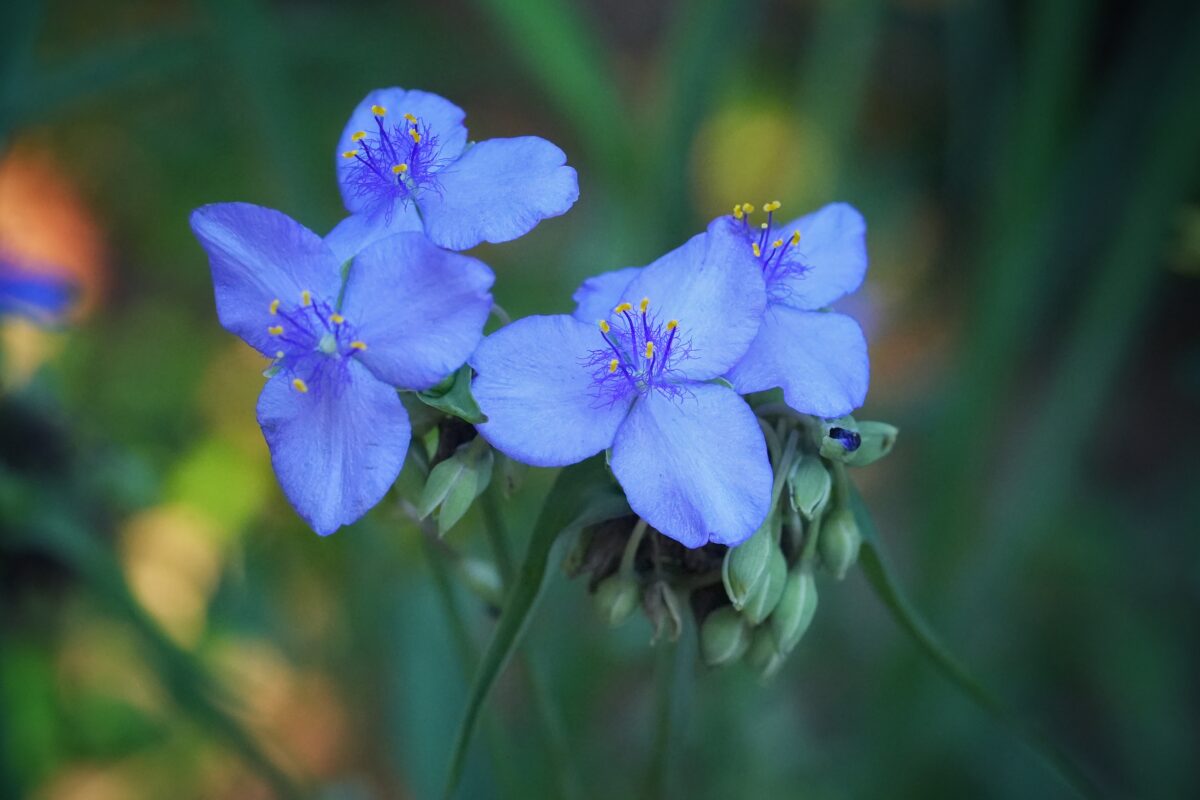Skyblue clustervine
Skyblue clustervine (Jacquemontia pentanthos) is an evergreen, twining vine with bright blue flowers that attract a variety of pollinators. It is endangered in Florida.
Skyblue lupine
Skyblue lupine (Lupinus diffuses) is a lovely herbaceous perennial that occurs primarily in dry flatwoods and blooms in spring
Slender gayfeather
Slender gayfeather (Liatris gracilis) puts on a fantastic late summer to fall display with its bright purple flower spikes. These blooms attract a wide variety of pollinators, including bees and butterflies.
Slimleaf pawpaw
Slimleaf pawpaw (Asimina angustifolia) is a deciduous flowering shrub found in flatwoods, scrub and sandhills from southeast Georgia into North Florida. It is a larval host for the Zebra swallowtail butterfly and Pawpaw sphinx moth.
Small butterwort
Small butterwort (Pinguicula pumila) is a diminutive, insectivorous wildflower found in wet pinelands and prairies throughout most of Florida. It blooms winter through spring.
Smallflower pawpaw
Smallflower pawpaw (Asimina parviflora ) is a deciduous flowering shrub to small tree found in floodplain forests and hardwood hammocks throughout the Southeastern Coastal Plain from southern Virginia to eastern Texas.
Smallfruit beggarticks
Smallfruit beggarticks (Bidens mitis) blooms year-round in wet prairies and along fresh and brackish marsh edges throughout much of Florida. The bright yellow flowers attract many bees and butterflies.
Snow squarestem
Also known as Cat’s tongue, Salt and pepper and Nonpareil, Snow squarestem (Melanthera nivea) typically blooms summer through early winter, but can bloom year-round, attracting bees, butterflies and other pollinators.
Snowberry
Snowberry (Chiococca alba) is a robust evergreen vinelike shrub that occurs naturally in pine rocklands, shell mounds and coastal strands and hammocks. Its fragrant flowers bloom spring through fall.
Soft greeneyes
Soft greeneyes (Berlandiera pumila) is found in sandhills and pinelands throughout the Panhandle and north Florida. It blooms spring through summer, attracting a variety of butterflies, bees and wasps.
Softhair coneflower
Softhair coneflower (Rudbeckia mollis) is a robust plant with bright yellow blooms that provide spring and summer color to sandhills, dry open hammocks and roadsides in North and Central Florida
Solomon’s seal
Solomon’s seal (Polygonatum biflorum) is a unique wildflower with pendulous, greenish-white flowers that hang in pairs from the leaf axils and are often obscured by leaves.
Southeastern sneezeweed
Southeastern sneezeweed (Helenium pinnatifidum) is a sunny spring bloomer. It occurs naturally in wet flatwoods and roadside ditches, and along marsh and swamp edges throughout Florida.
Southern beeblossom
Southern beeblossom (Oenothera simulans) flowers spring through summer. The flowers open at night and attract a wide range of small pollinators, including moths and bees.
Southern catalpa
The Southern catalpa (Catalpa bignonioides) is a strikingly beautiful tree with a fascinating cultural heritage. Also commonly referred to as the worm or fish bait tree, it is a larval host for the Catalpa sphinx moth, whose caterpillars are tough and juicy, making them ideal fish bait!
Southern crabapple
Southern crabapple (Malus angustifolia) is a deciduous flowering shrub with fragrant spring blooms. They are pollinated primarily by bees, but butterflies are also known to visit them.
Southern magnolia
Southern magnolia (Magnolia grandiflora) is a majestic and iconic evergreen tree found in mesic hammocks and slope forests. It is renowned for its showy fragrant flowers, dramatic dark green leaves, and stately form.
Southern milkweed
Southern milkweed (Asclepias viridula) is a rare, state-threatened wildflower found in wet prairies, flatwoods and bogs.
Southern twayblade
Southern twayblade (Neottia bifolia) is a small terrestrial orchid found in bogs, moist hardwood forests, swamps and marshes throughout the eastern U.S. and Canada. In Florida, it is a threatened species, having been documented in only 19 counties. It blooms primarily in January, but may bloom between December and March. It is often found growing among Cinnamon ferns, however, Southern twayblade’s camouflaging colors, short thin flowers and low stature make it difficult to spot. For this reason, the plant may have a greater distribution than documented.
Spanish bayonet
Spanish bayonet (Yucca aloifolia) flowers spring through fall and provides food and cover for a variety of wildlife. The blooms are frequented for their nectar by hummingbirds and butterflies.
Spanish stopper
Spanish stopper (Eugenia foetida) is an evergreen shrub or small tree with semi-showy flowers that may bloom year-round, but peak in spring and summer.
Sparkleberry
Sparkleberry (Vaccinium arboreum) blooms in spring, attracting a variety of pollinators — especially native bees. It is the larval host for the Striped hairstreak and Henry’s elfin butterflies.
Spatterdock
Found in many slow-moving fresh water environments across Florida, Spatterdock (Nuphar advena) is a beautiful emergent aquatic wildflower with numerous benefits to wildlife.
Spiderwort
Spiderwort (Tradescantia ohiensis ) flowers attract many pollinators, especially bees. Like all species in the dayflower family, the flowers are ephemeral, meaning they stay open only one day.

